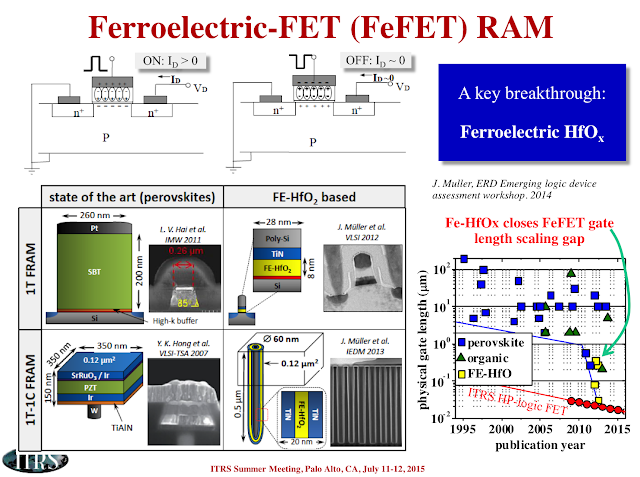IBM Research GmbH in Switzerland has developed an n-channel indium gallium arsenide (InGaAs) on insulator fin field-effect transistor (FinFET) process and claims the highest on-current to date for CMOS-compatible InGaAs devices integrated on silicon (Si) [Vladimir Djara et al, IEEE Electron Device Letters, published online 1 January 2016].
According to the paper, the devices were fabricated using a replacement metal gate (RMG) flow, including ultra-thin SiN spacers, scaled high-k/metal gate (HKMG), and highly-doped raised source and drain (RSD) modules for improved electrical performance.
According to the paper, the devices were fabricated using a replacement metal gate (RMG) flow, including ultra-thin SiN spacers, scaled high-k/metal gate (HKMG), and highly-doped raised source and drain (RSD) modules for improved electrical performance.
ALD Inside:
- 12-nm-thick SiN spacers were deposited by plasma-enhanced atomic layer deposition (PEALD)
- After dummy gate removal, a HKMG, featuring a scaled Al2O3/HfO2 dielectric stack with a capacitance equivalent thickness (CET) of ∼1.5 nm, was deposited using a highly conformal and uniform PEALD process. the process has previously been published here. The tool used is a FlexAL ALD from Oxford Instruments and the PEALD processes are TMA and O2 plasma for Al2O3 and TEMAH and O2 plasma for HfO2.
The FlexAL® systems provide a new range of
flexibility and capability in the engineering of nanoscale structures
and devices by offering remote plasma atomic layer deposition (ALD)
processes and thermal ALD within a single ALD system.
Pretty cool if you ask me to see that PEALD is used for gate dielectric, which is usually not the case on silicon channels where thermal HfCl4/H2O process is dominating and also that TEMAHf can perform this good as a gate dielectric. Please read the full report in Semiconductor Today here.
Pretty cool if you ask me to see that PEALD is used for gate dielectric, which is usually not the case on silicon channels where thermal HfCl4/H2O process is dominating and also that TEMAHf can perform this good as a gate dielectric. Please read the full report in Semiconductor Today here.



%20(1).png)






